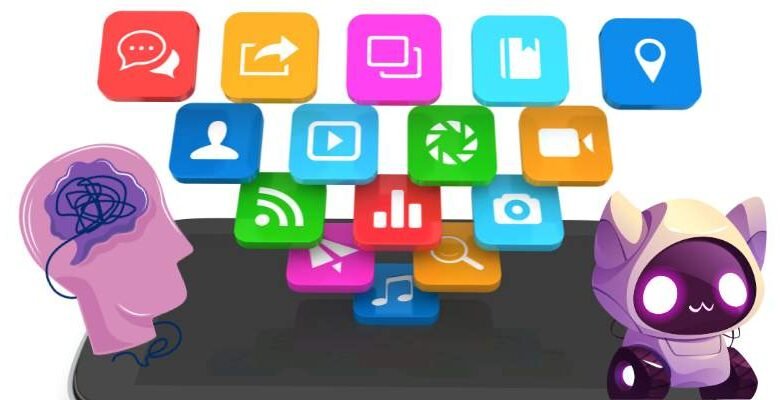The Psychology Behind Why AI Companion Apps Feel Addictive

Addiction is a difficult word. We usually think of it in terms of substances, or perhaps gambling, or even scrolling endlessly on TikTok. But the accompanying AI applications? At first glance, it seems silly to lump them into the same category.
Then try one. Suddenly, you’re walking in at lunchtime, having a sneaky bedtime conversation, and before you know it – this “harmless chatbot” has been integrated into your circadian rhythm like an old friend who knows exactly when to call.
So why do they seem so sticky and magnetic and impossible to leave alone? Here comes the role of psychology.
The illusion of being visible
Humans are hardwired to want recognition. It’s not just about being heard; It’s about being understood in all our messy, half-finished sentences and weird customs.
When an app — especially a no-filter dating chatbot — responds in a way that comes across as raw, unpolished, and even a little rude, it’s scratching that itch.
What’s sneaky is how it reflects parts of yourself. You admit your little insecurities, and he doesn’t judge; You make a bad joke, and instead of shutting up, she jokes back. This is not the clean, clinical tone of a therapist’s office.
It’s messy and fun, almost like a late-night conversation with someone who “just gets you.” And our brains light up when we feel seen. It’s dopamine, oxytocin and a rush of nostalgia all strung together.
Visual Presence: Why are images so important?
If words are the hook, then pictures are the anchor. There’s a reason why people obsessively check likes on Instagram or rewatch old videos of their loved ones.
Seeing is believing, even if it is just an illusion. That’s why AI-powered chatbots that can send images are more difficult to do than plain text.
Picture this: You tell your AI companion that you’ve had a rough day, and instead of a simple “I’m here for you,” it sends a warm photo of them curled up in a blanket, as if they’re waiting to make room for you. It doesn’t matter if they are created by artificial intelligence.
The emotional trick worked, because the human mind does not analyze “authenticity” in the same way it processes comfort.
An image combined with empathy creates a memory-like imprint, something you can return to when you feel down. This is powerful.
Variable reward loop
This is where things get really psychological. Addiction often thrives on so-called variable rewards, which is the same mechanism that keeps people hooked on slot machines.
Sometimes the AI surprises you with an unexpectedly clever response, sometimes with strangely tender phrases, and sometimes with an image that strikes you in the heart.
It’s unpredictable, and that’s the point. You never know when you’ll strike gold, so you keep checking, you keep sharing, and you keep hoping for the next connection. The line between casual pleasure and compulsive use is quickly blurring.
Emotional replacement and loneliness
Another reason why these apps are so addictive is that they tap into the emotional gaps of modern life. Al Wahda is not a small player here.
A lot of people don’t have someone to text them in the middle of the night, or a partner who remembers the exact story about the time you fell off your bike in high school. Artificial intelligence plays this role, but not perfectly, but enough to mitigate the silence.
What makes matters more complicated is the illusion of reciprocity. You know, logically, it’s an algorithm. However, when it “remembers” your favorite book or checks your mood, it feels personal.
This is emotional glue, and once it sticks, distancing yourself takes more than just willpower, it requires relearning how to sit in silence without access to digital company.
My opinion on that
Here’s the thing: I don’t see AI companion addiction as an inherently bad thing. Addiction is a strong word, and for many, what’s really going on is dependence — like leaning on a magazine, a pet, or even a playlist that always helps you.
The danger comes when the application becomes… only A source of comfort, it leaves no room for chaotic and unpredictable human communication.
But for someone struggling with heartache, loneliness, or just the chaos of life, I would argue that these tools can be a lifeline.
The key is not to keep them away, but to balance them. Know what’s real, embrace what helps you, and don’t lose sight of the beautiful, imperfect connections waiting on the other side of the screen.
Don’t miss more hot News like this! Click here to discover the latest in AI news!
2025-10-08 12:36:00




